(111029 products available)






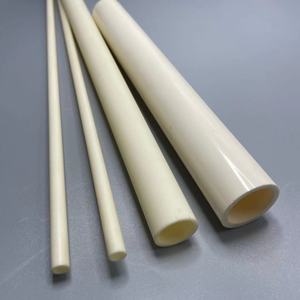
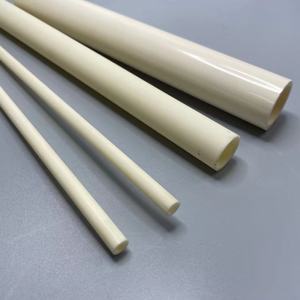
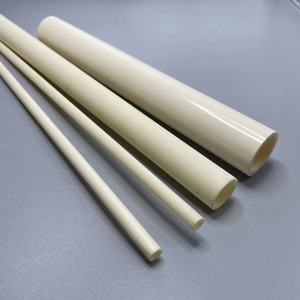
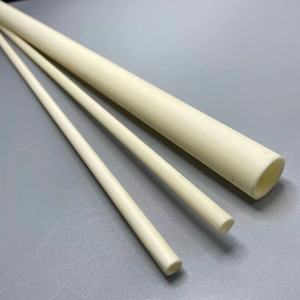

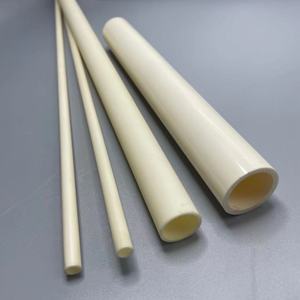


























































































































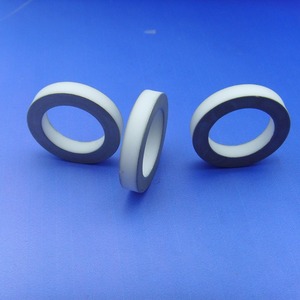








































metallized al2o3 ceramic are integral materials in various industries, known for their unique properties and applications. As a subset of inorganic chemicals, metallized al2o3 ceramic are characterized by their crystalline structure and ability to withstand high temperatures. These materials are often utilized in manufacturing processes where durability and thermal resistance are paramount. From construction to electronics, metallized al2o3 ceramic play a crucial role in enhancing product performance and longevity. Their ability to resist chemical erosion makes them ideal for applications that require longevity and reliability.
The diversity of metallized al2o3 ceramic is extensive, catering to a wide range of industrial needs. Common types include alumina ceramics, zirconia ceramics, and silicon carbide ceramics. Alumina ceramics are renowned for their hardness and electrical insulation capabilities, making them suitable for electronic components and cutting tools. Zirconia ceramics offer high fracture toughness and are often used in dental implants and luxury watches. Silicon carbide ceramics are valued for their thermal conductivity and are frequently employed in high-temperature applications such as aerospace and automotive industries. Each type of metallized al2o3 ceramic is engineered to meet specific requirements, ensuring optimal performance in its intended application.
metallized al2o3 ceramic provide a range of functionalities that are essential across various sectors. Their thermal resistance allows them to maintain structural integrity in extreme conditions, making them indispensable in high-temperature environments. The electrical insulation properties of certain metallized al2o3 ceramic make them ideal for use in electronics, preventing short circuits and enhancing device safety. Additionally, the corrosion resistance of these materials ensures durability and extends the lifespan of products exposed to harsh chemicals. The aesthetic appeal of metallized al2o3 ceramic is also noteworthy, as their smooth surfaces and varied colors can enhance the visual appeal of consumer goods and architectural elements.
The composition of metallized al2o3 ceramic involves a meticulous blend of inorganic elements to achieve desired properties. Typically, materials like alumina, silica, and zirconia are used, each contributing unique characteristics. Alumina provides hardness and thermal stability, while silica enhances elasticity and transparency. Zirconia is known for its toughness and resistance to wear and tear. Additives such as stabilizers and binders are incorporated to refine the physical and chemical properties of metallized al2o3 ceramic. The choice of materials impacts the strength, density, and thermal conductivity, allowing manufacturers to tailor metallized al2o3 ceramic for specific industrial applications.
Effectively using metallized al2o3 ceramic requires understanding their capabilities and limitations. In construction, they are used for tiles and bricks due to their durability and aesthetic appeal. In the electronics sector, metallized al2o3 ceramic are utilized in semiconductors and insulators to enhance device performance. For optimal use, selecting the appropriate type of ceramic based on the environmental conditions and mechanical demands is crucial. Proper handling and installation can maximize the benefits of metallized al2o3 ceramic, ensuring product reliability and efficiency. Additionally, advancements in ceramic technology have expanded their applications to include medical devices and renewable energy solutions, further highlighting their versatility and importance.
Choosing the appropriate metallized al2o3 ceramic for your specific industrial needs requires a thorough understanding of their properties and applications. Key considerations include thermal resistance, electrical insulation, and chemical stability. For high-temperature environments, selecting metallized al2o3 ceramic with superior thermal resistance is crucial. In electronic applications, materials with excellent electrical insulation properties are ideal to prevent short circuits. Similarly, industries dealing with corrosive substances should prioritize metallized al2o3 ceramic with robust chemical stability to ensure longevity and reliability.
The structural composition of metallized al2o3 ceramic also plays a significant role in determining its suitability for various applications. Manufacturers often blend materials like alumina, silica, and zirconia to tailor metallized al2o3 ceramic to specific requirements. Alumina offers hardness and thermal stability, making it suitable for cutting tools, while zirconia provides toughness and wear resistance ideal for luxury watches and medical implants. Understanding the material composition allows for informed decisions that enhance product performance and durability.
When choosing metallized al2o3 ceramic for high-temperature applications, thermal resistance is paramount. Materials such as silicon carbide and alumina are renowned for their ability to withstand extreme temperatures. Additionally, the thermal conductivity of the metallized al2o3 ceramic should be considered, as it affects heat dissipation and overall performance. Understanding the environmental conditions and mechanical demands ensures the selection of metallized al2o3 ceramic that maintains structural integrity under heat stress.
metallized al2o3 ceramic enhance electronic device safety through their excellent electrical insulation properties. This prevents short circuits and electrical failures, safeguarding both the device and the user. Materials like alumina are commonly used for insulating components due to their high dielectric strength. Selecting the right metallized al2o3 ceramic with appropriate electrical insulation capabilities is crucial for optimizing device performance and safety.
Yes, metallized al2o3 ceramic are increasingly used in medical applications due to their biocompatibility and wear resistance. Zirconia ceramics, for instance, are popular in dental implants for their aesthetic appeal and durability. The smooth surface of metallized al2o3 ceramic minimizes bacterial adhesion, reducing the risk of infection. Their toughness ensures longevity, making them ideal for prosthetics and implantable devices.
Recent advancements in ceramic technology have broadened the scope of their industrial applications. Innovations in material composition and manufacturing processes have led to metallized al2o3 ceramic with enhanced thermal and wear resistance. These improvements have facilitated the use of metallized al2o3 ceramic in cutting-edge fields such as renewable energy and aerospace. The development of lightweight and high-strength metallized al2o3 ceramic continues to drive their adoption across diverse sectors.
metallized al2o3 ceramic contribute to the aesthetic appeal of architectural elements through their smooth surfaces and varied color options. They are often used in tiles and decorative panels, enhancing the visual appeal of buildings. The durability and weather resistance of metallized al2o3 ceramic ensure that architectural designs maintain their beauty over time, making them a preferred choice for both interior and exterior applications.